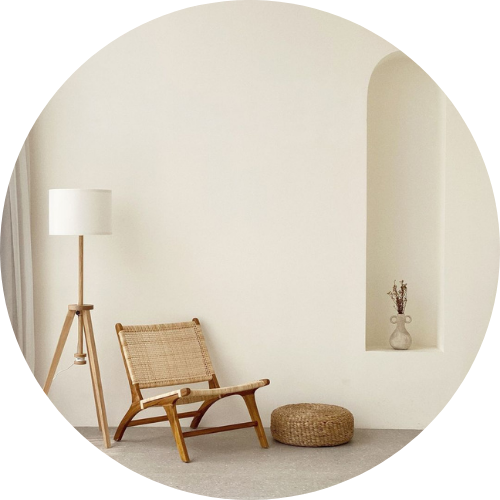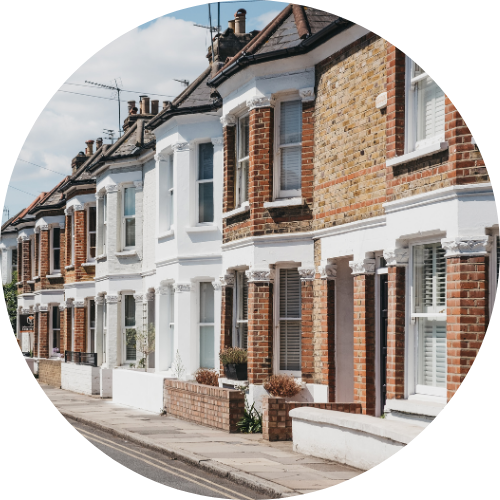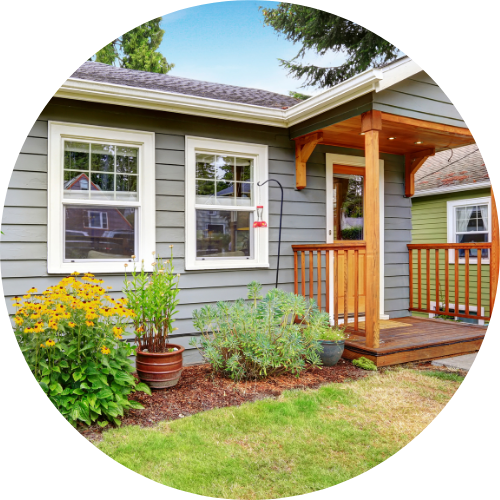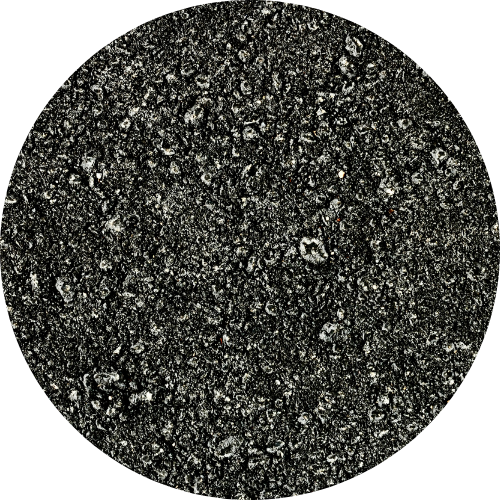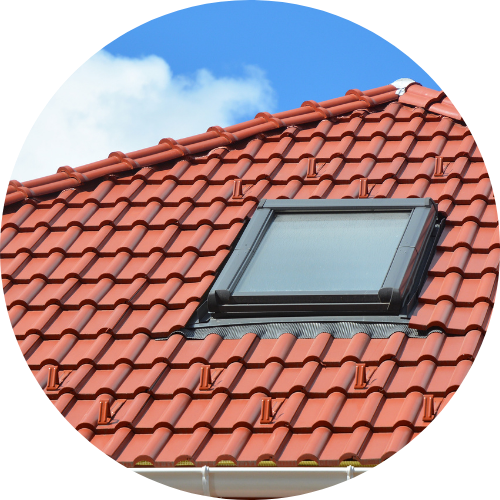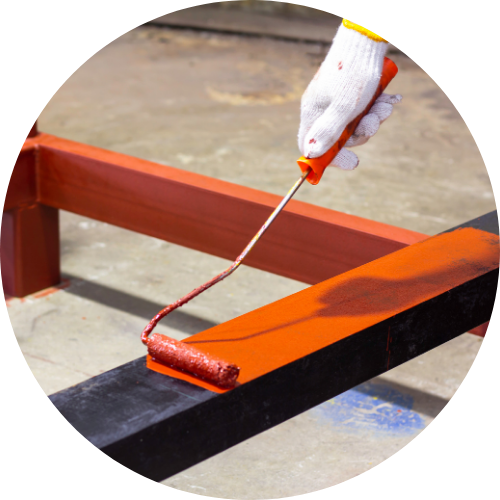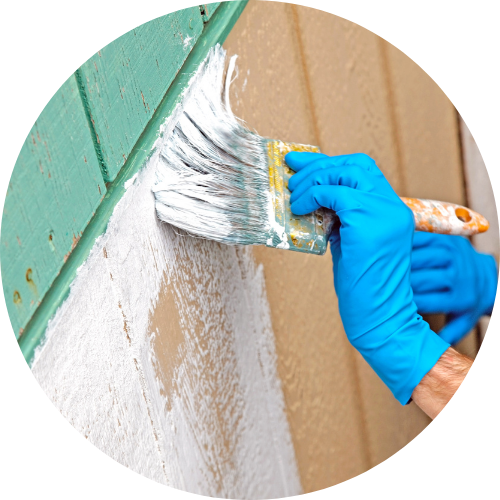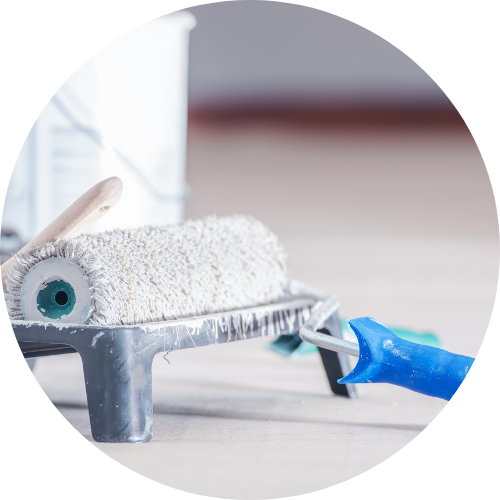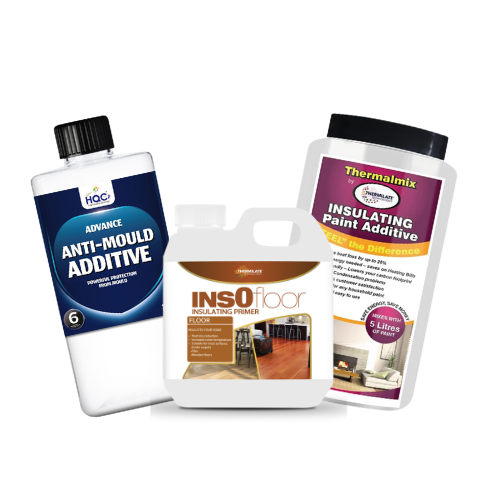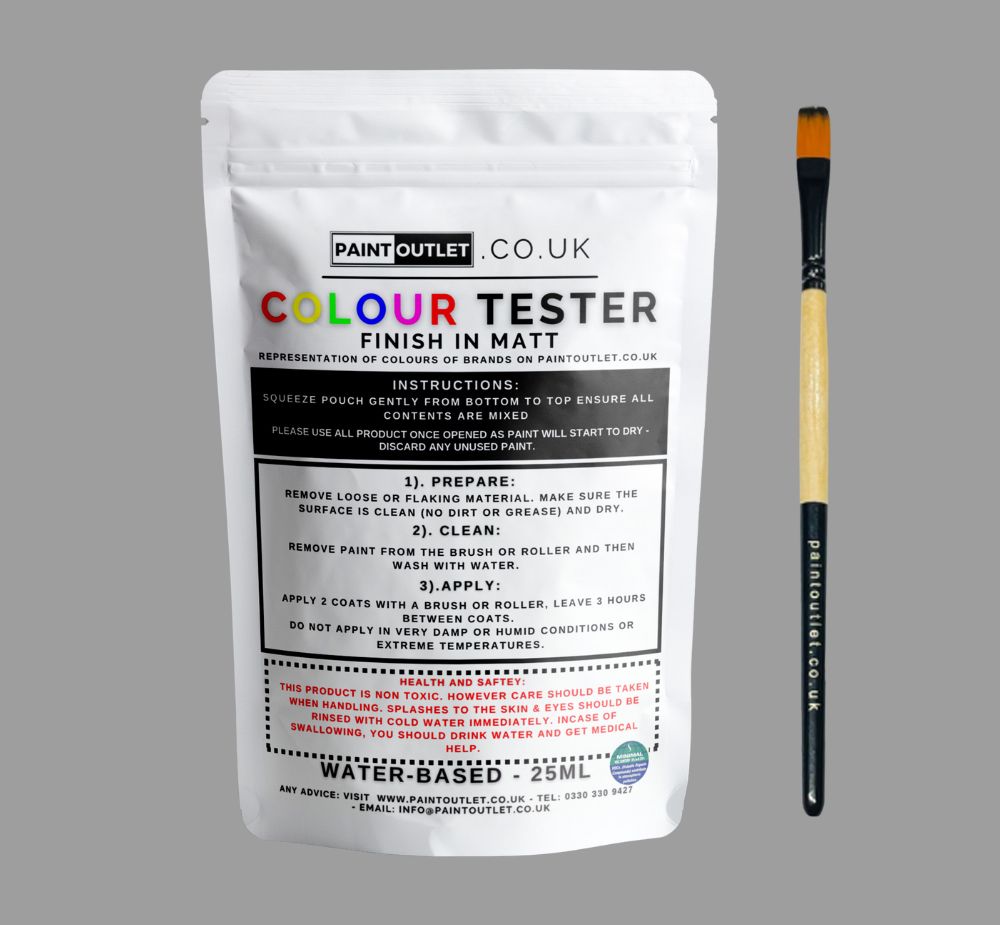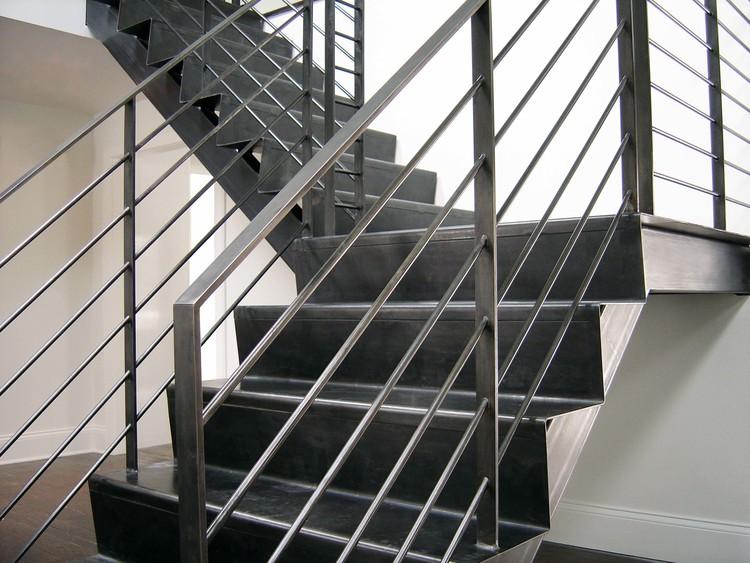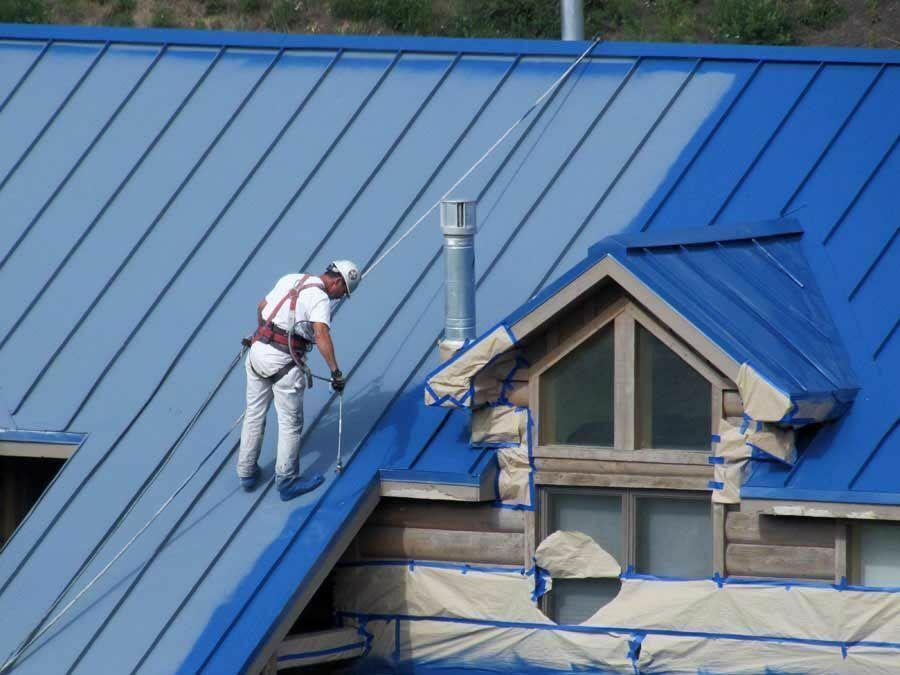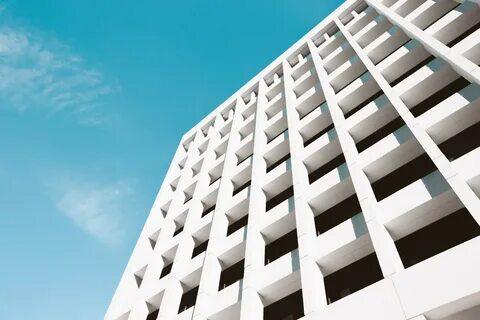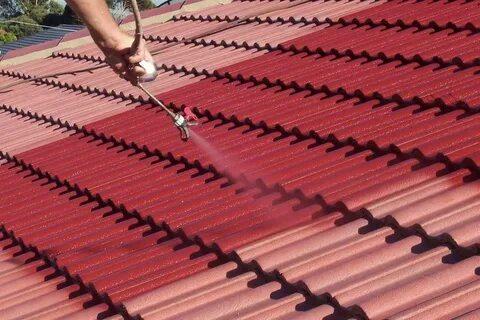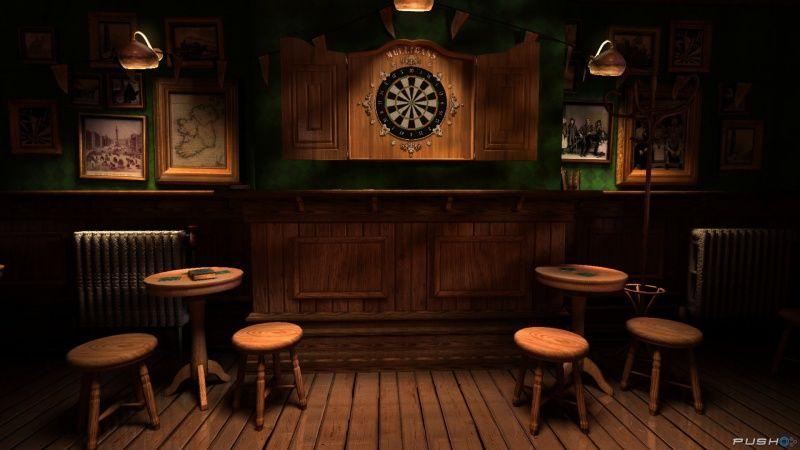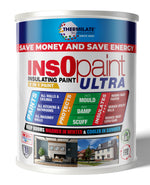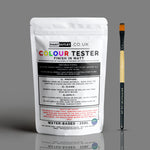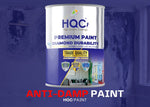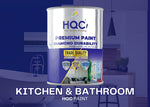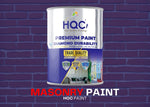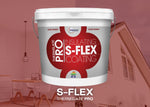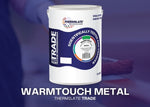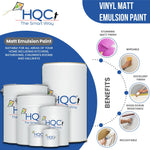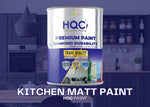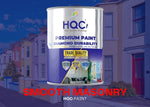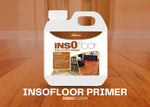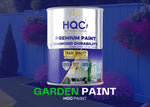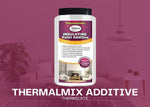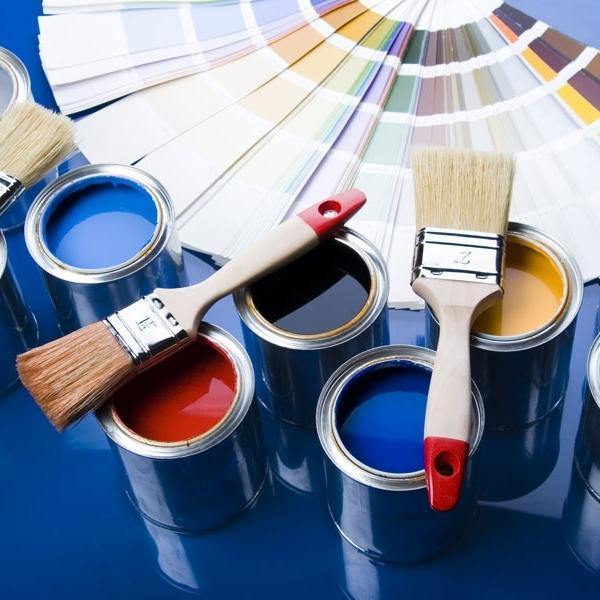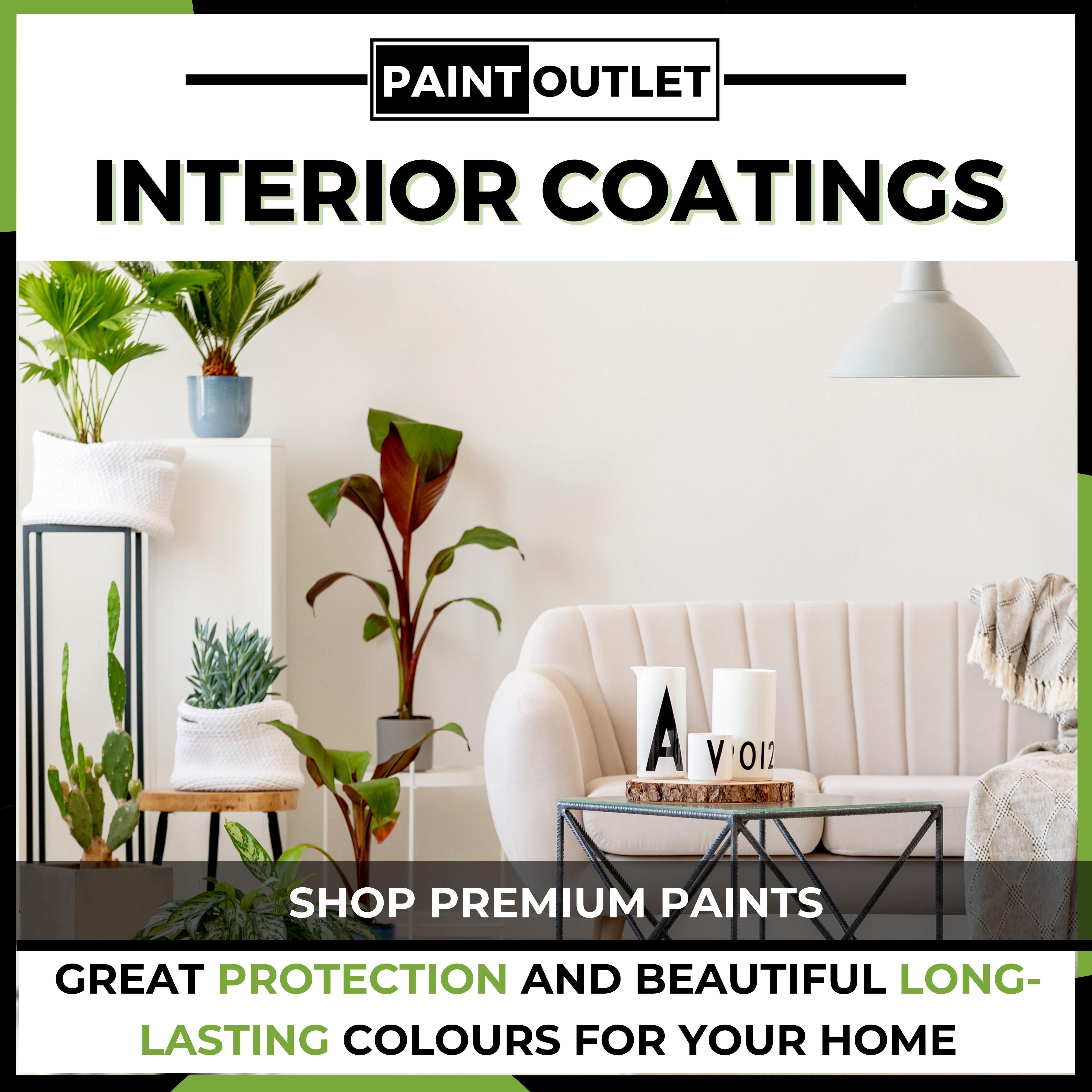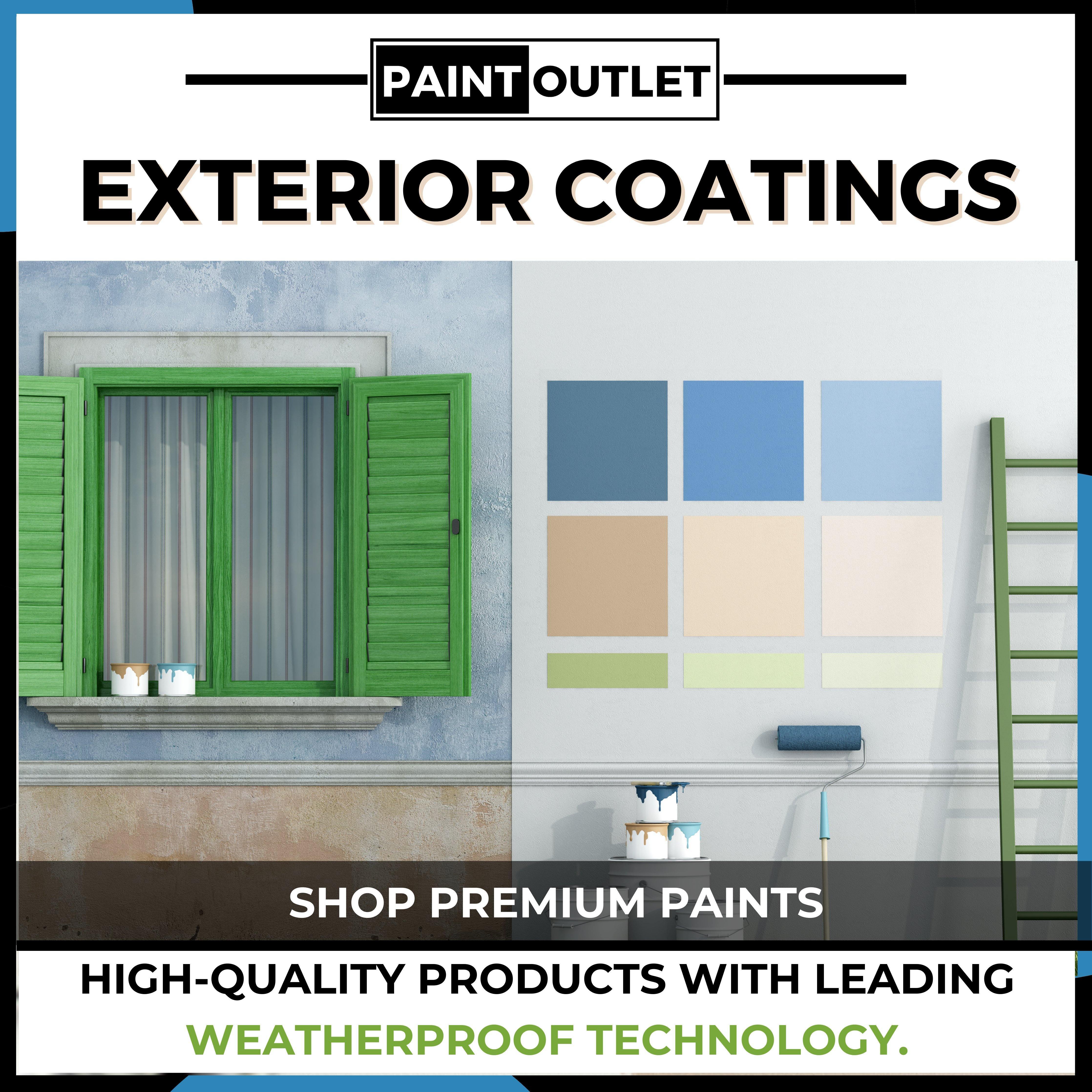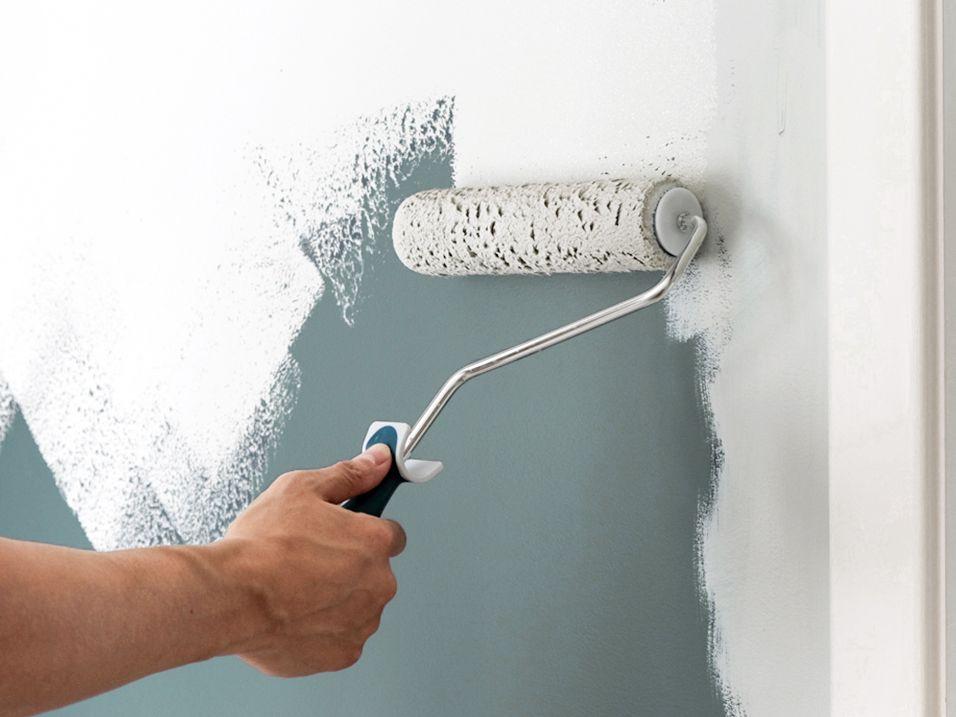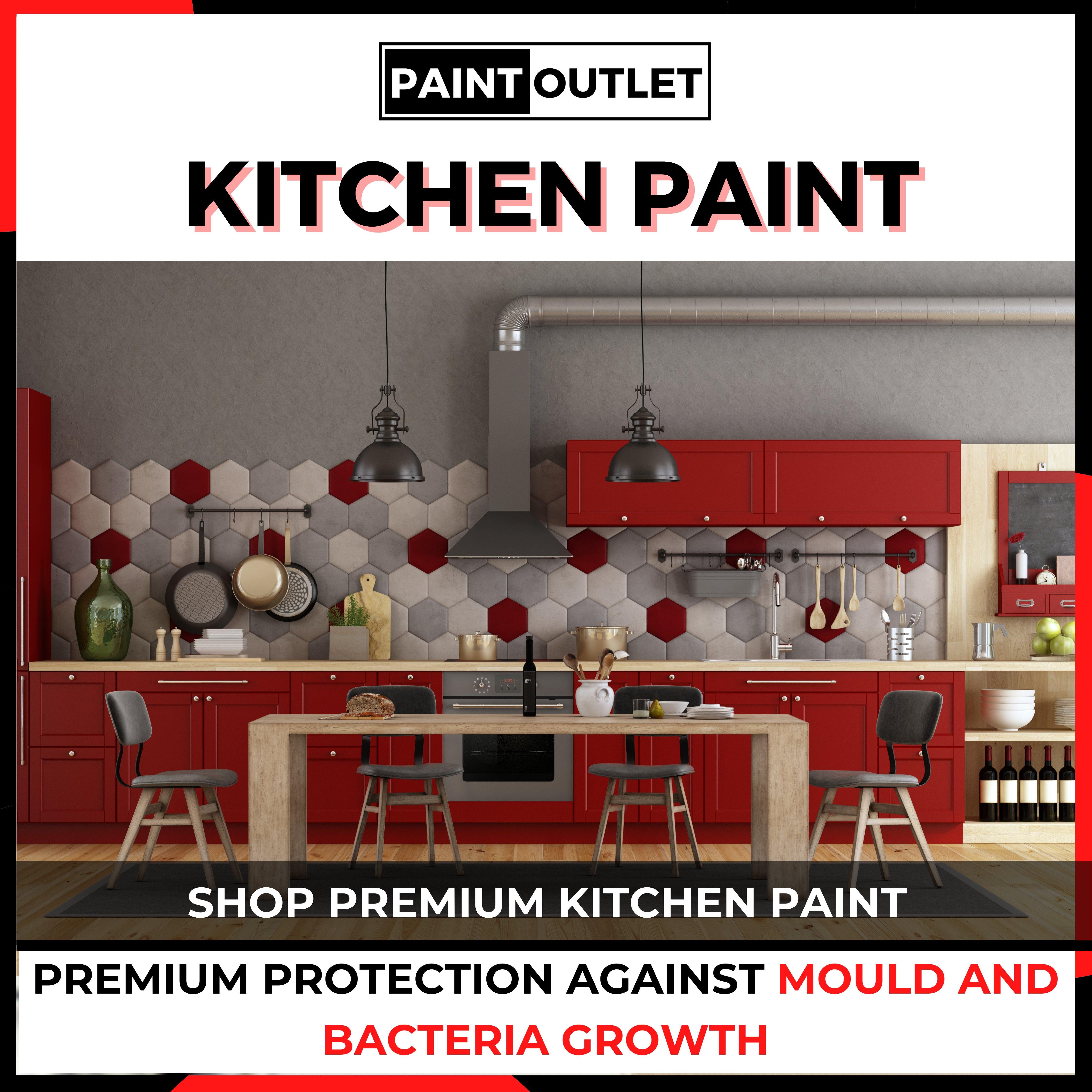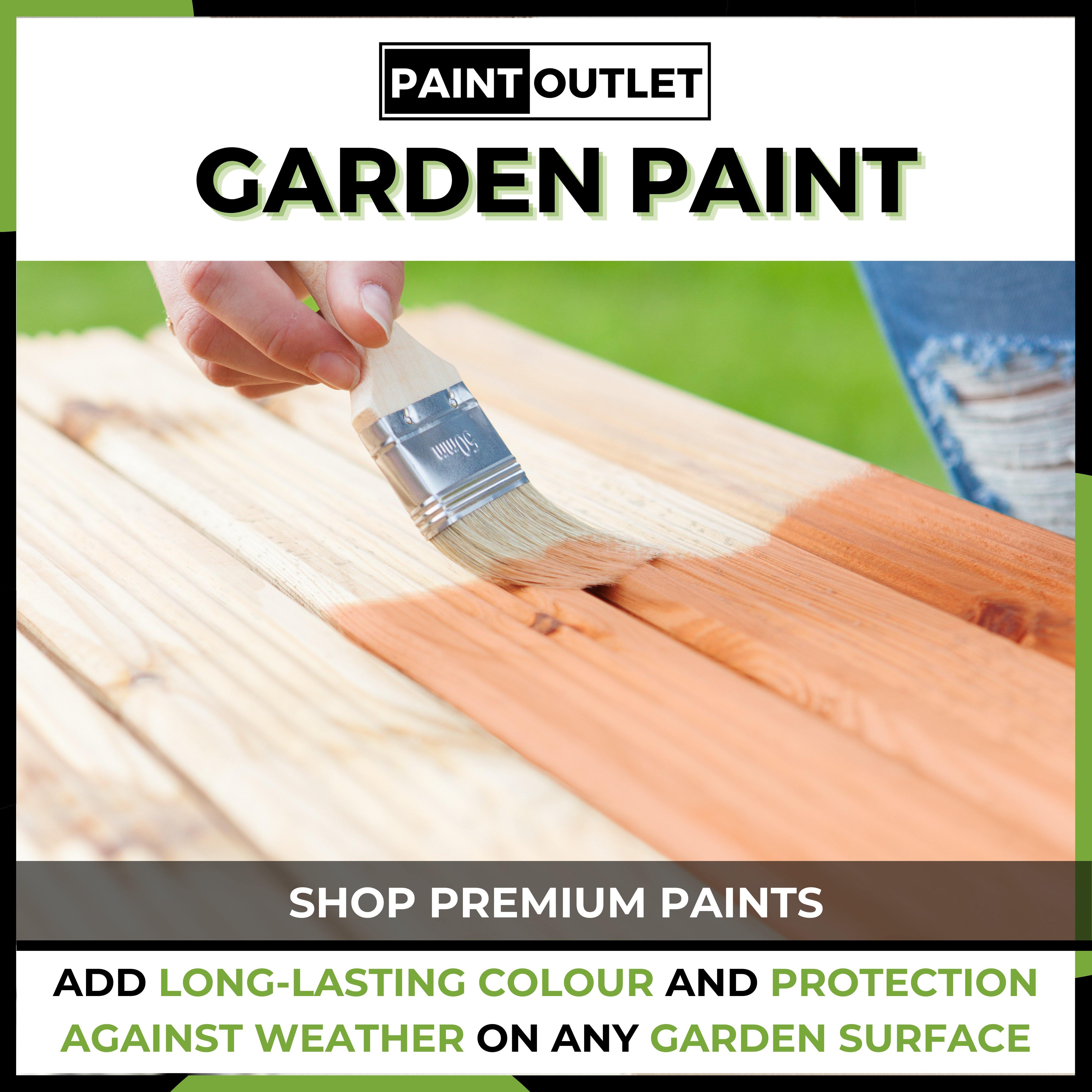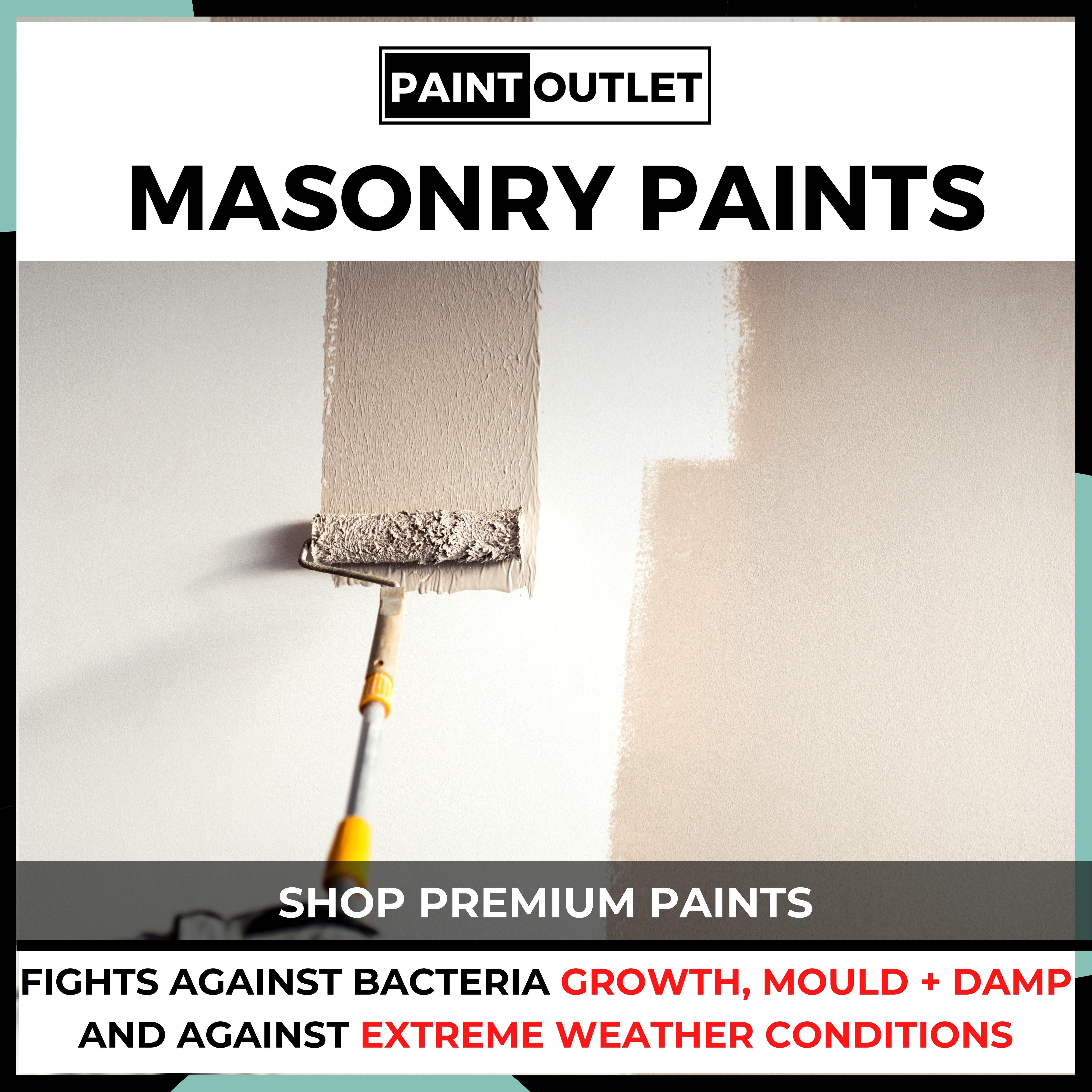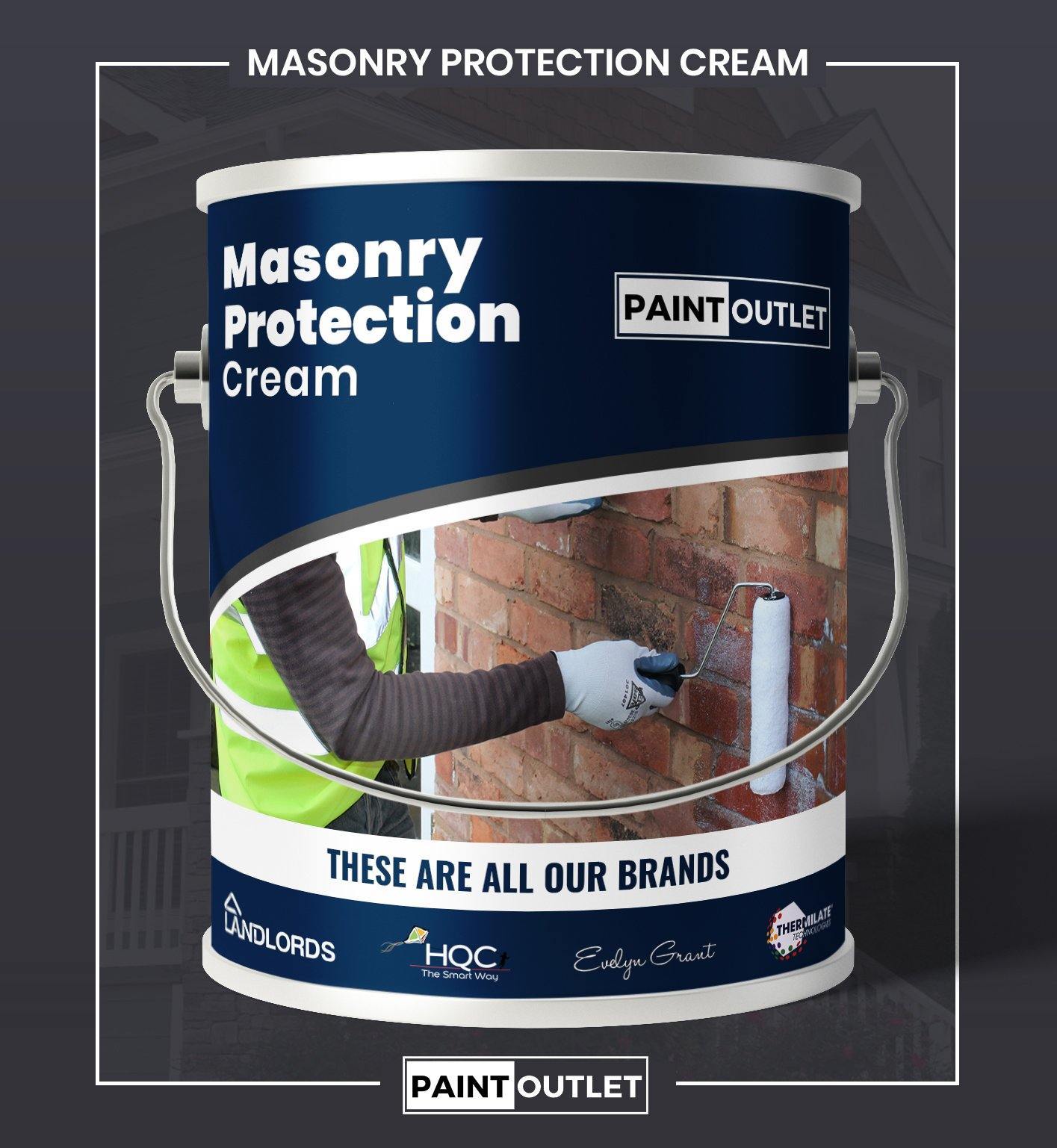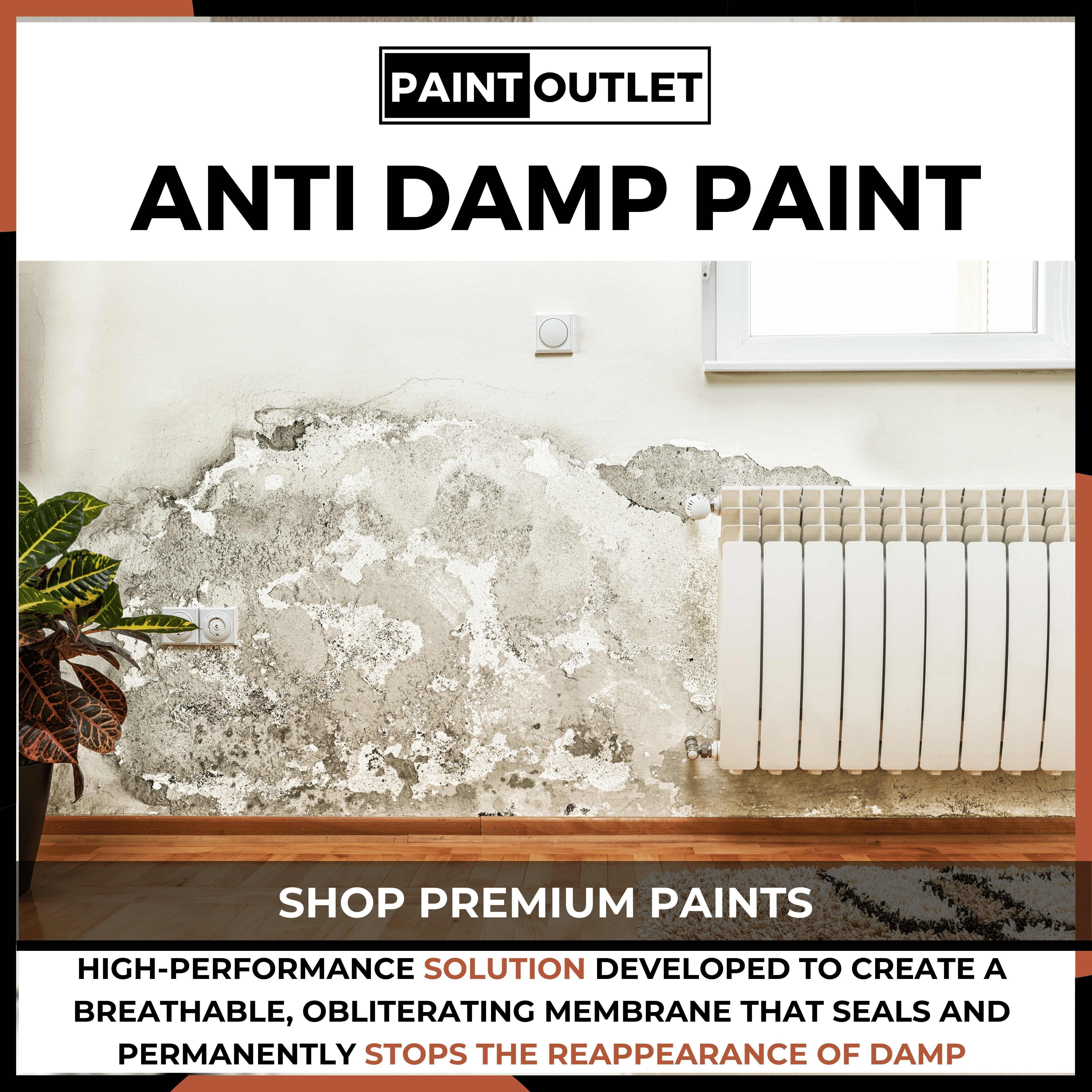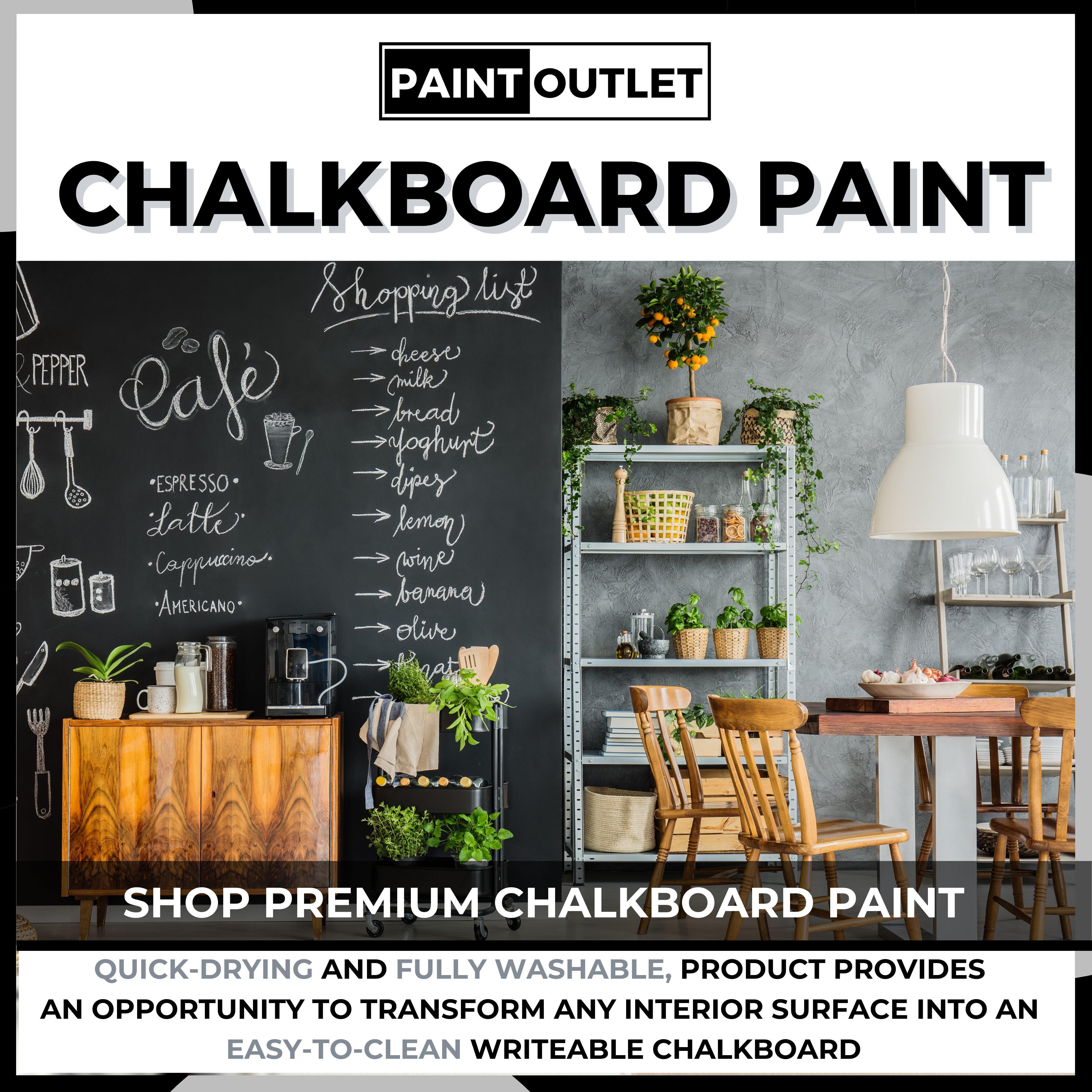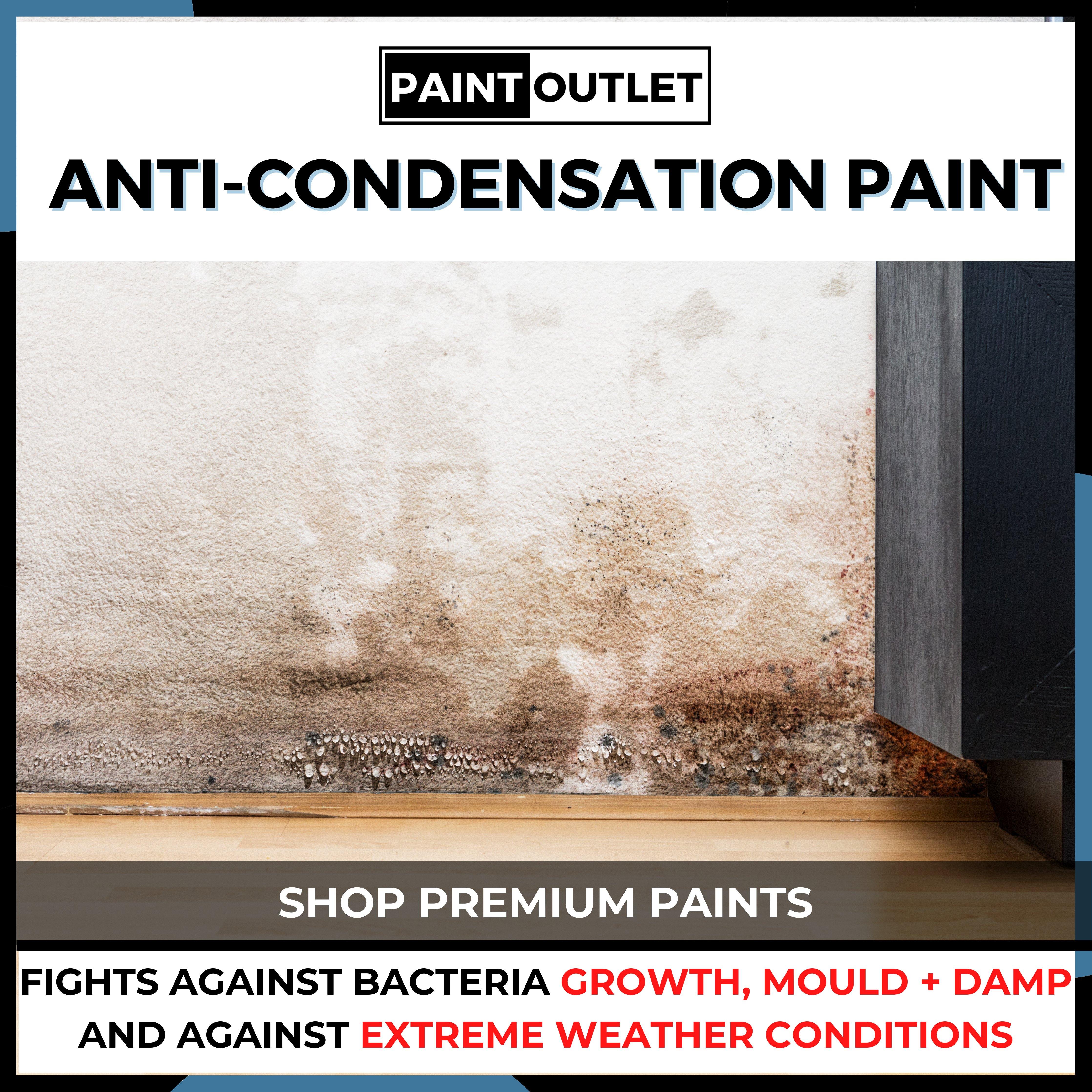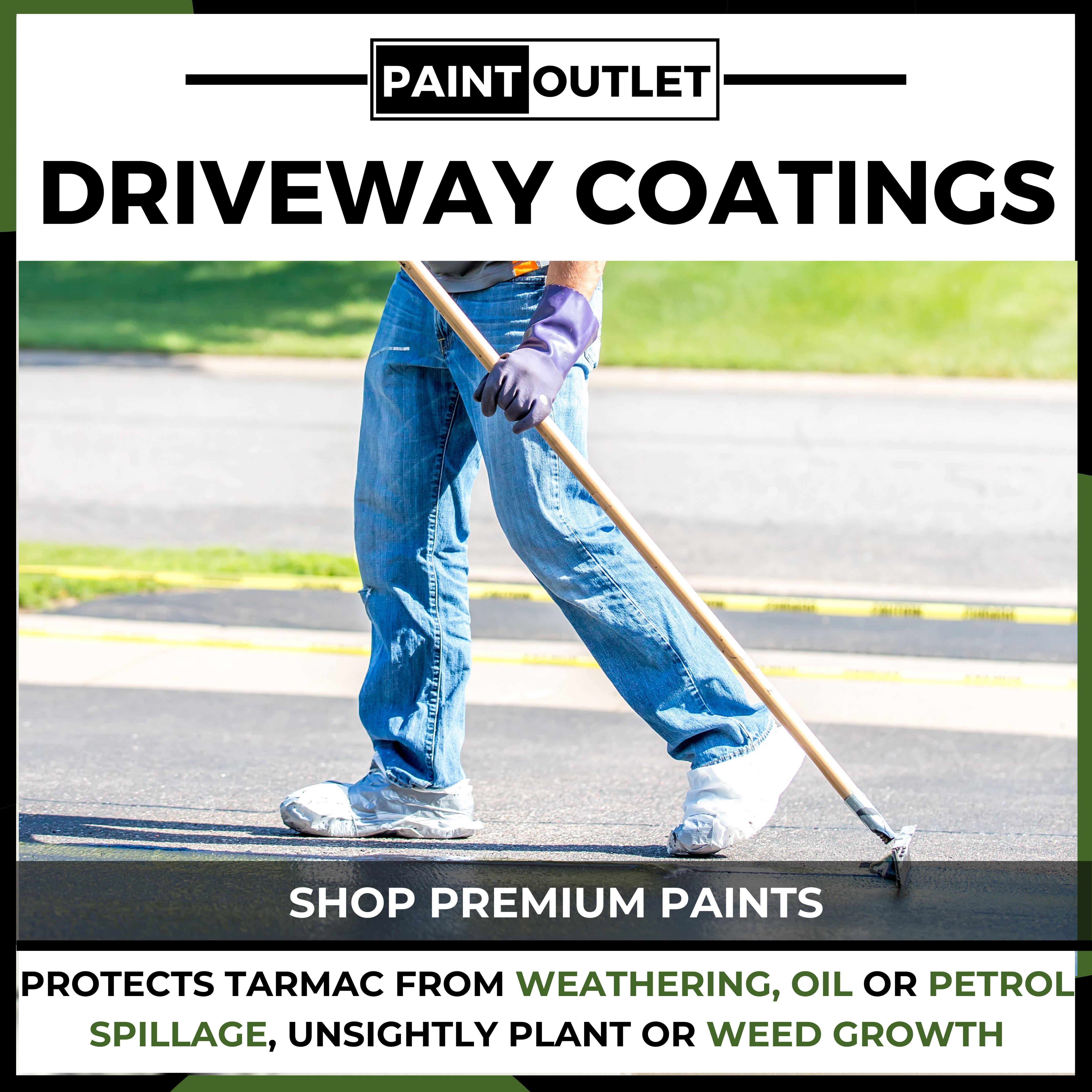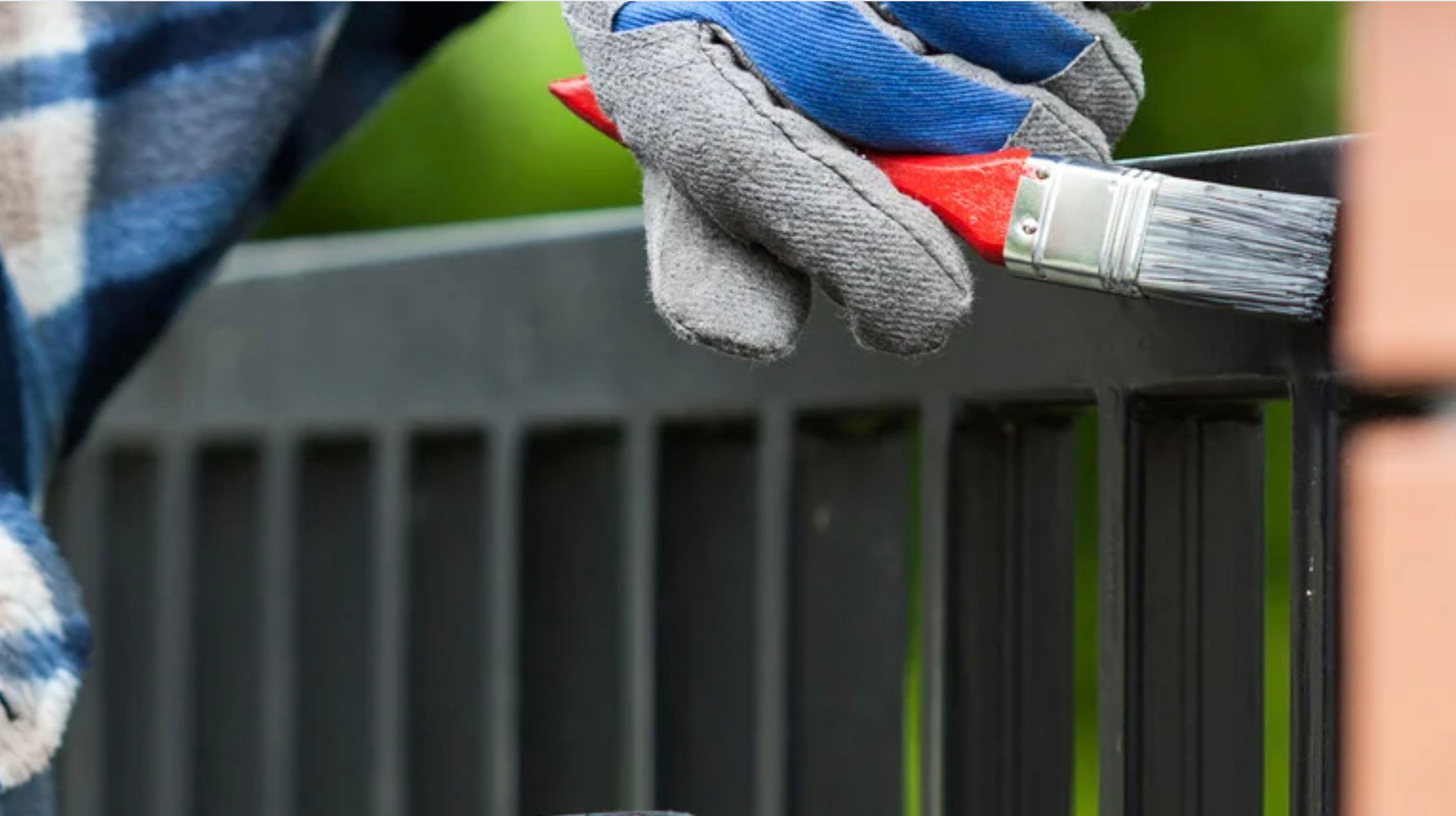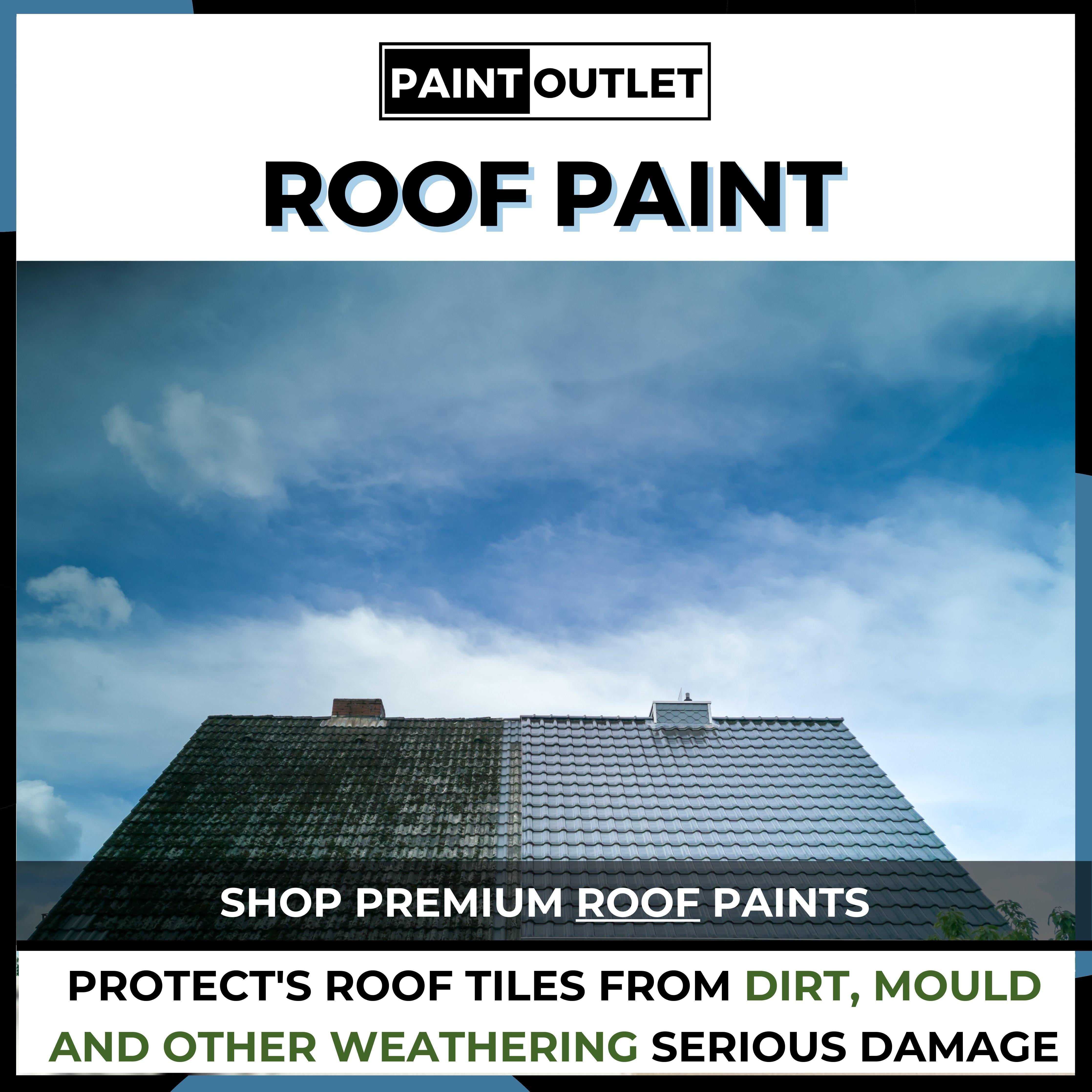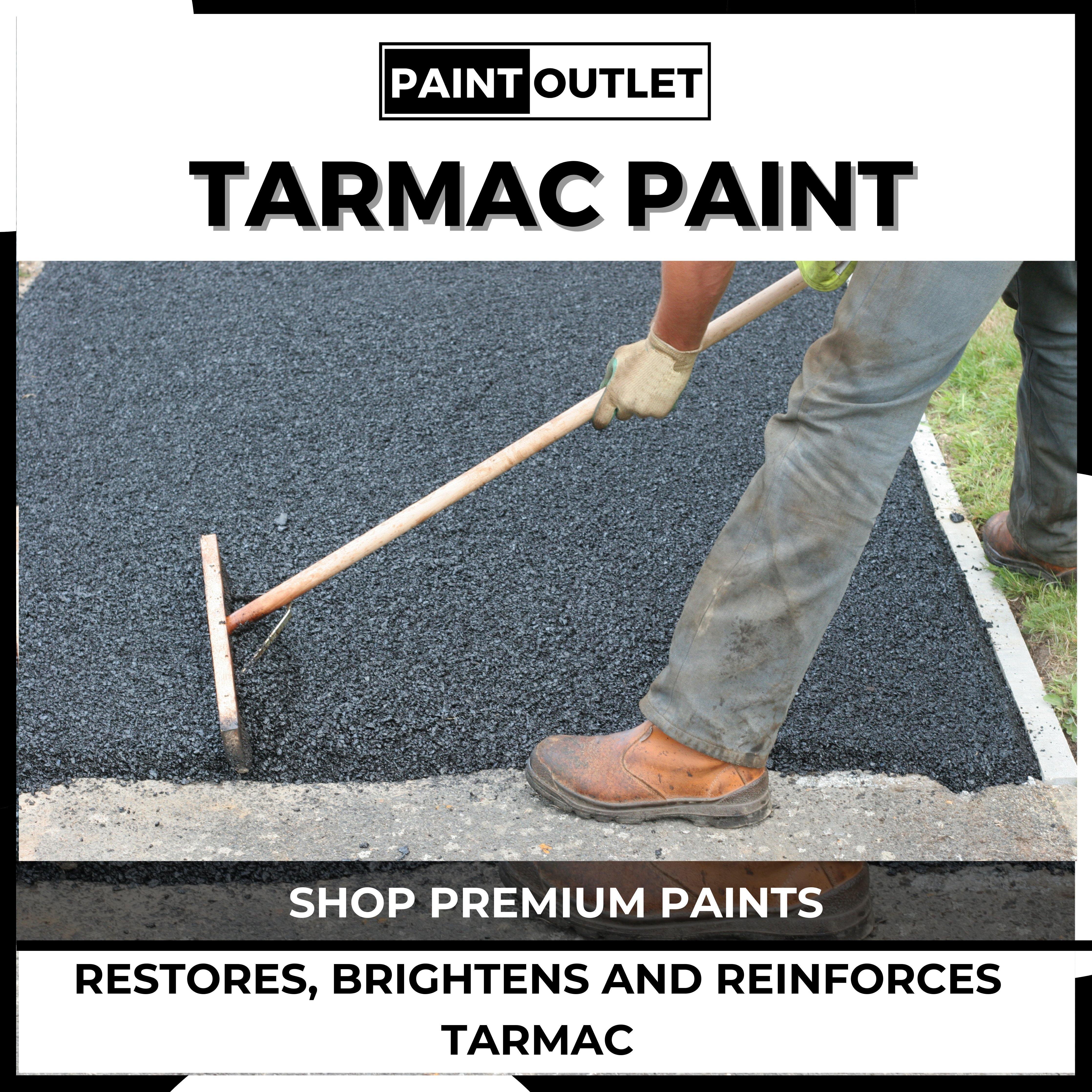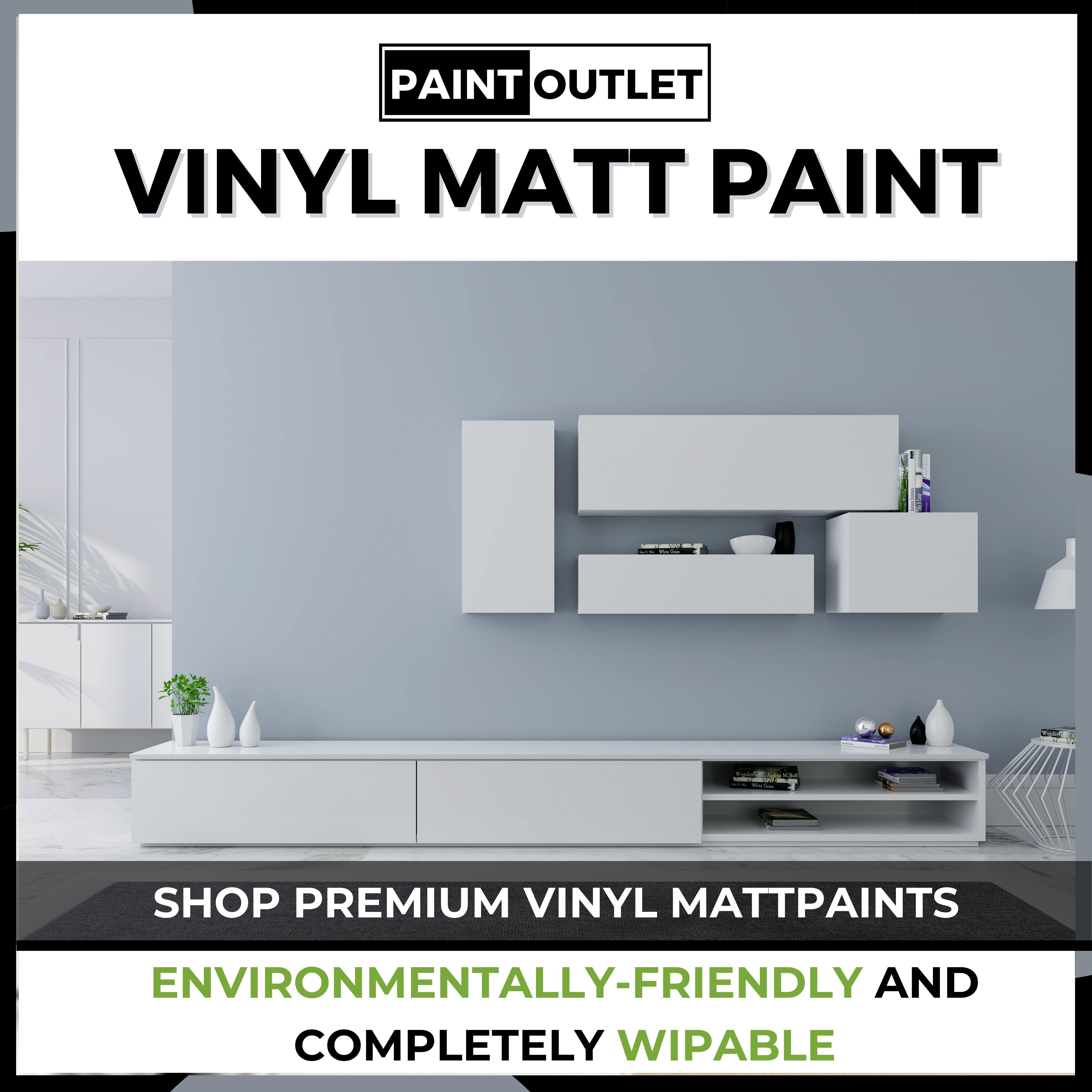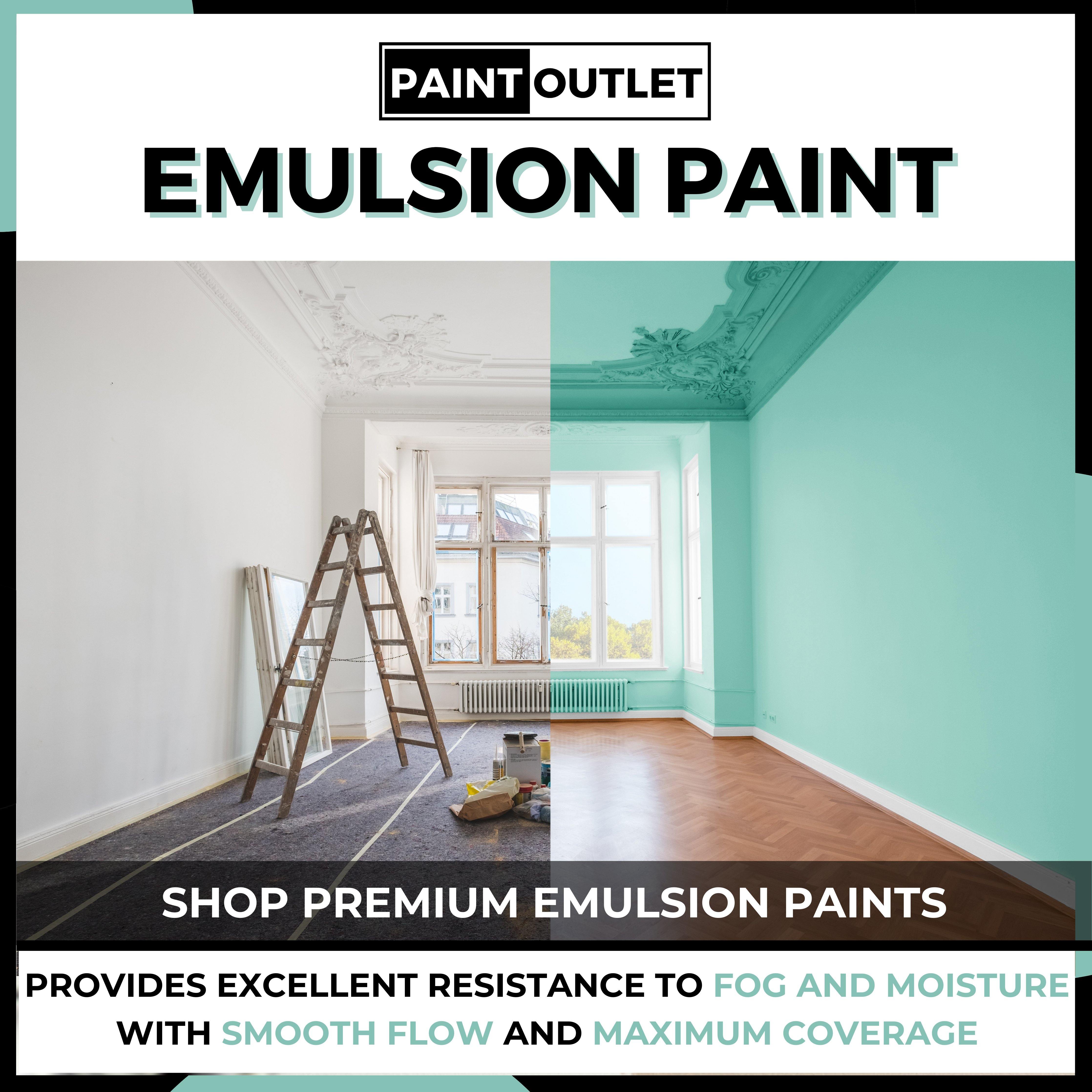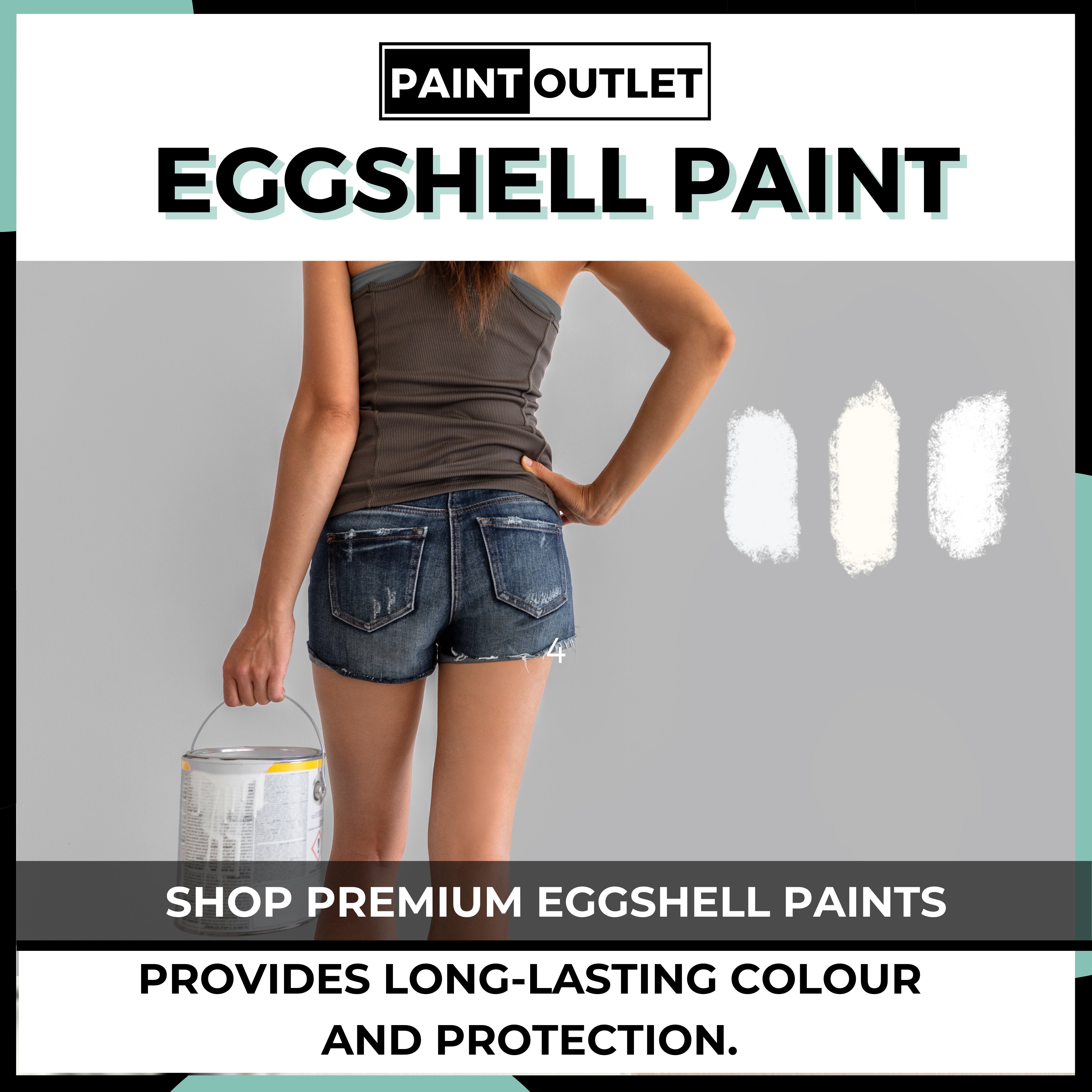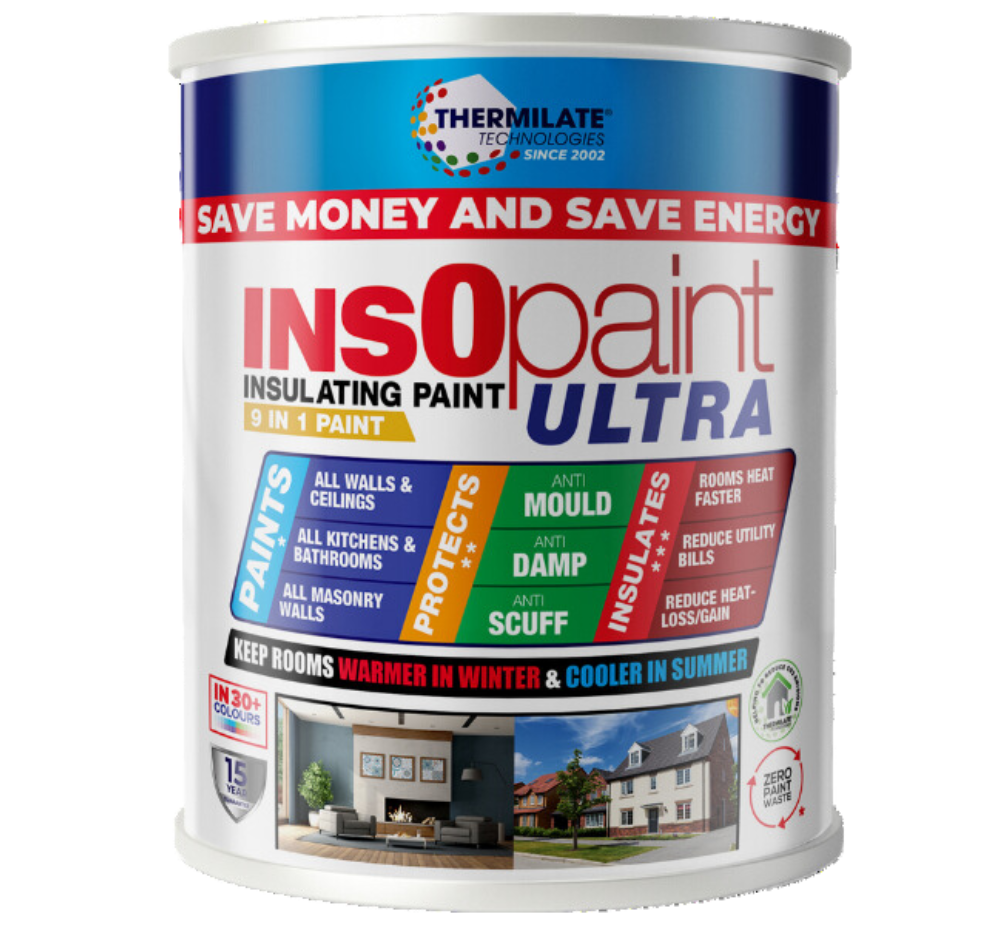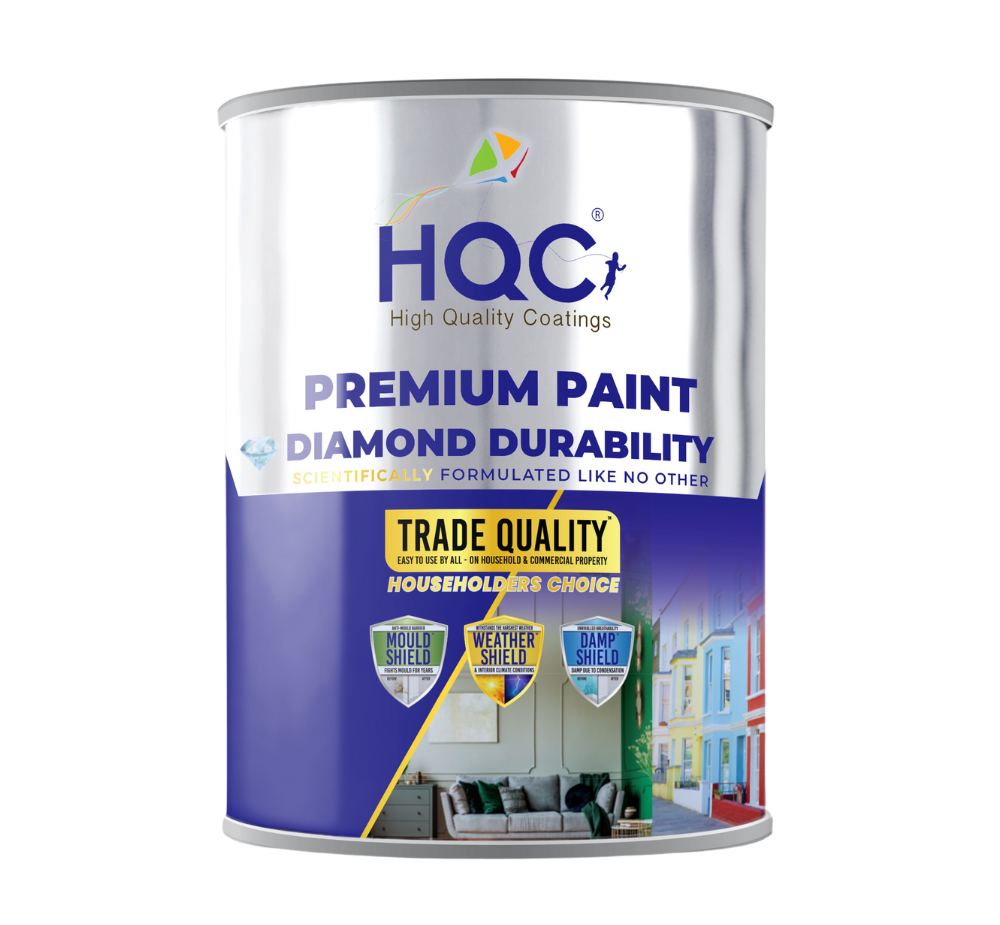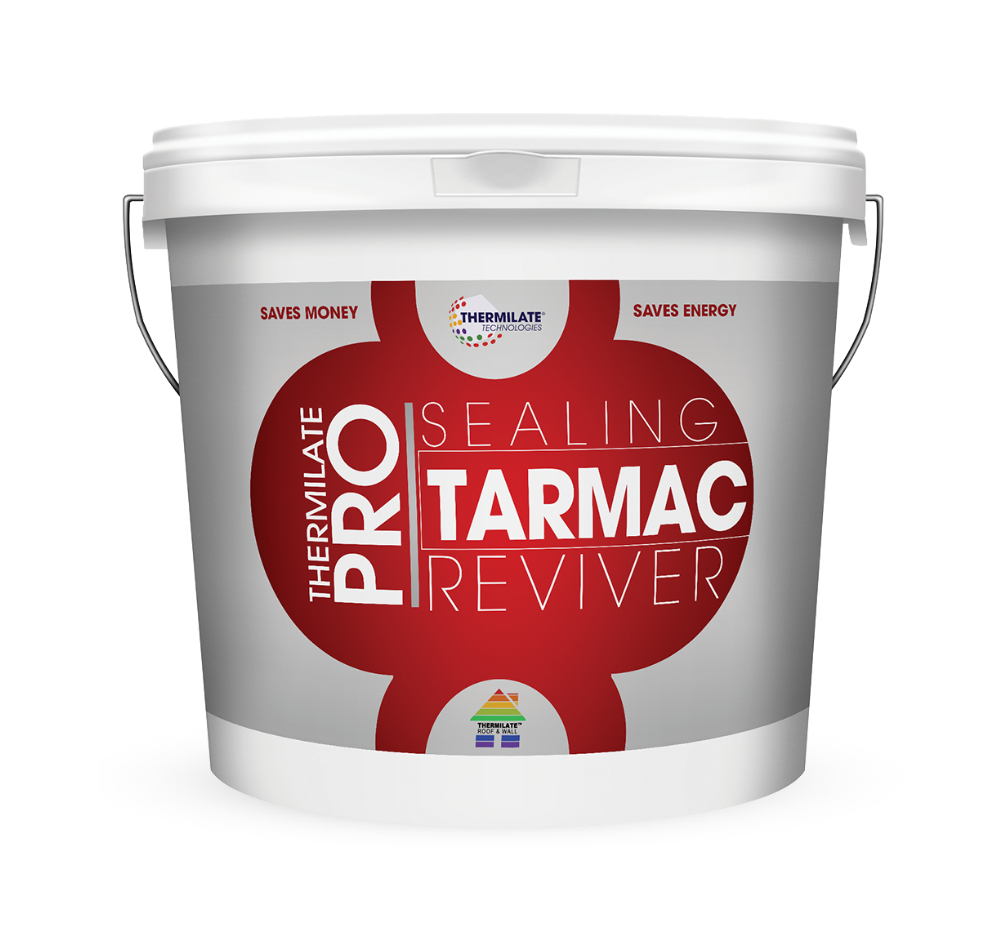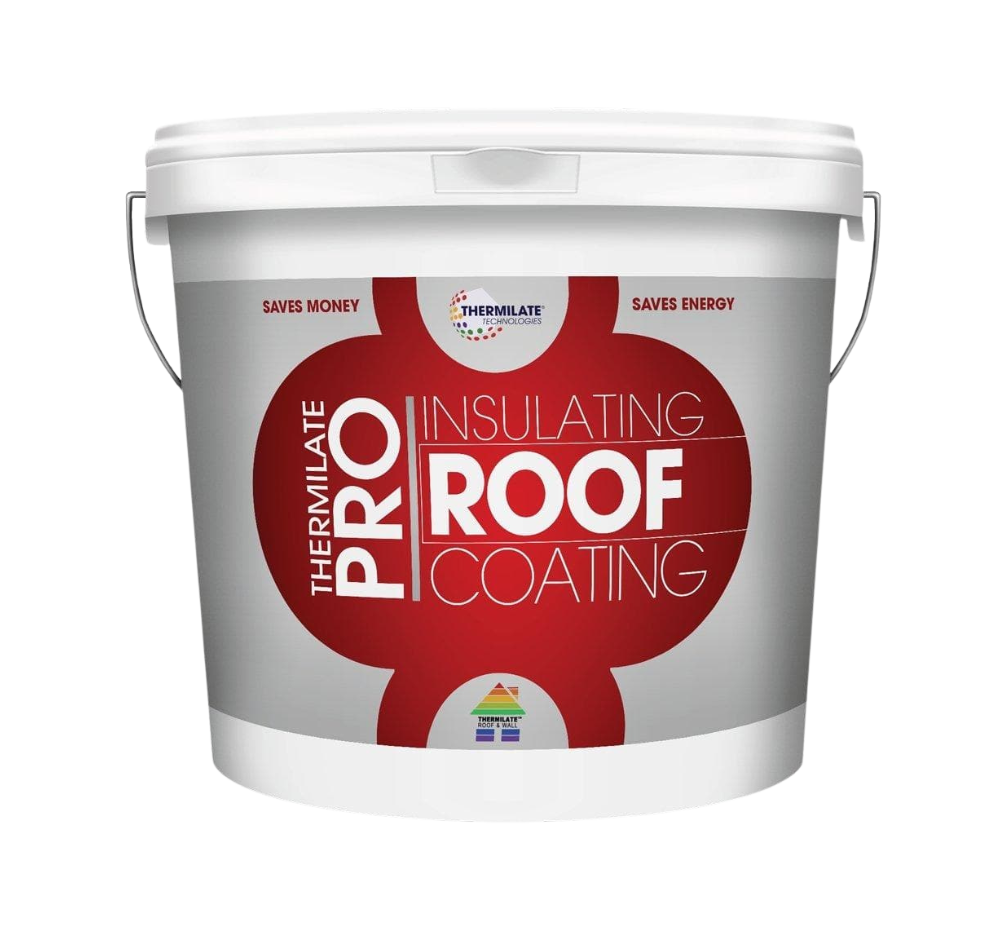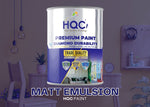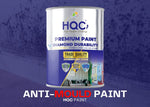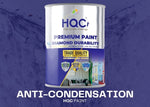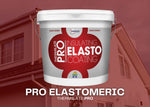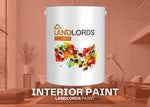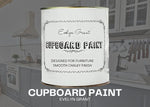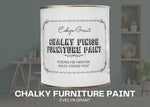As an interior designer, you understand that not every paint can survive the damaging effects of dampness and water penetration. Even painting a wall without first determining its characteristics can add to the problem. The structural integrity of the building is affected by moisture and water penetration issues. It has the potential to cause mould, moisture, and germs in households and residential structures.
Finding the best solution under a budget can be hard and on average, professional mould remediation costs £500 to £6,000 – but the price can soar into the tens of thousands if the problem is severe. Your clients may be unsure of how to deal with these potentially serious issues. However, as an interior designer, you have the option of selecting a superior material for your clients. If any paint can operate as a shield against moisture and water penetration, then mould growth, blistering, and flaking could be considerably reduced or avoided.
But what if your customers have already purchased a paint that isn't water or moisture proof and won't protect the walls from mould, dampness, or fungi? If you think about it, you might be able to come up with a suitable and highly relevant answer to this issue.
Because of their continuous fight and perseverance, HQC has made significant progress. Nanotechnology was used by their research and development department to create MR mould-killer and paint additive. This product CONTAINS 3-10D0 - 2PROPYNL-N-BUTYL and has undergone scientific experiments and has proved to be effective. This additive may turn any ordinary paint into a mould-resistant, condensation-resistant, and bacterial-resistant paint.
This additive can also be added to grout, wallpaper paste, and adhesives to make them more resistant to mould, water penetration, and penetrating dampness. Surprisingly, this ingredient can turn ordinary paints into full-fledged HQC products, improving thermal insulation and creating an eco-friendlier environment while lowering gas and energy bills and reducing maintenance costs.


